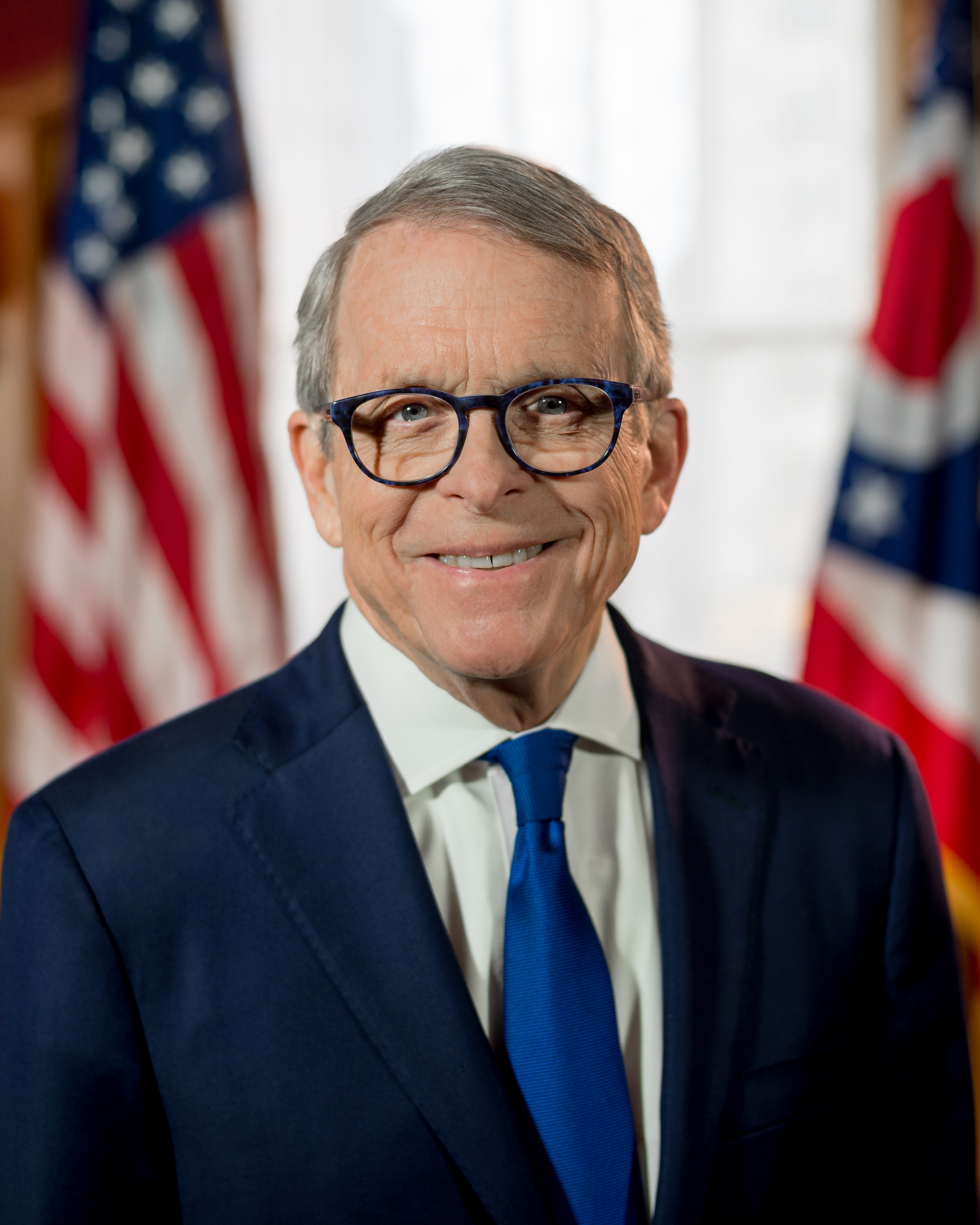(THE CENTER SQUARE) – Ohio Republican Gov. Mike DeWine’s lead in polls has slipped as the Nov. 8 general election approaches, but it remains comfortably in the double digits over Democrat Nan Whaley.
According to a Marist Ohio poll, DeWine has a 13-point lead over Whaley, 53-40, among registered voters statewide. The poll showed DeWine with an 18-point lead in September. The poll carries a margin for error of 3.7 percentage points.
DeWine, who was first elected governor in 2018, has pushed what he calls a job-growth agenda and takes credit for Intel's recent announcement of a $20 billion chip-making plant in central Ohio that DeWine says will bring more than 20,000 jobs to the state.
He also has campaigned on tax cuts, which, according to his campaign website, has reduced tax liabilities by $3.6 billion, and says businesses and families are experiencing the lowest tax rate in more than 40 years.
Running with Lt. Gov. Jon Husted, the duo pushes investments in law enforcement, transformation in the state’s mental health and addiction care system, and expansion of school choice in the state.
DeWine has served as a prosecutor, Ohio senator, U.S. House representative, lieutenant governor and Ohio attorney general.
Whaley, the former mayor of Dayton, believes the state’s business community has fallen behind and has campaigned on creating a new business compact, along with more 21st-century jobs and higher wages for all Ohioans.
Running with Cheryl Stephens, Whaley wants to maintain recent public school funding changes passed by the General Assembly, protect school employee pensions and, according to her website, “stop any attempt to further privatize our schools.” She also supports the expansion of high-quality, universal preschool and would increase child-care assistance to parents.
Whaley also wants to give most Ohioans a $350 inflation rebate from the next round of federal American Rescue Plan funding coming to the state. The rebate would go to people making up to $80,000 annually or couples earning $160,000.
Early in-person and absentee voting has begun in the state ahead of the general election. Secretary of State Frank LaRose announced earlier this week absentee ballot requests and early in-person voting currently outpaces numbers over the same time from the 2018 election. More than 40,000 Ohioans have voted early in-person than four years ago.






